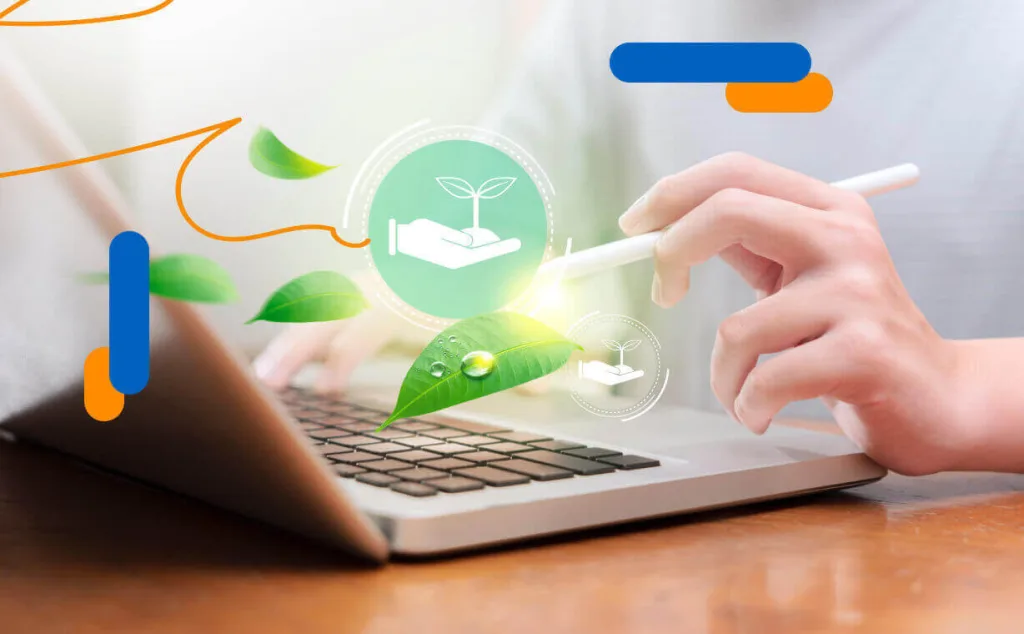Recently, the International Renewable Energy Agency (IRENA), the International Energy Agency (IEA) and the COP Presidency have communicated the climate need to triple renewable energy capacity to 11,000 GW by 2030 with the aim of achieving a 1.5°C trajectory. In other words, it aims for the energy sector to reduce dependence on fossil fuels and tackle climate change. While this is an ambitious goal, it is also achievable. According to experts and various studies, the solution that will bring about real change in this global challenge for the energy sector is digitalisation. Technological tools such as artificial intelligence, more efficient process management or digitisation in decision-making can be the allies to achieve the desired objectives. However, while efforts are focused on achieving a healthy planet, for companies in the energy sector it can mean facing significant operational challenges. Challenges that require innovative technology solutions, such as electronic signatures.
More efficient management processes in the energy sector
As the internal infrastructure of companies grows and new employees join the team, efficiently coordinating decentralised resources becomes a complicated mission. In order to achieve the most optimal management possible, it is essential to make good decisions that are coordinated between all parties involved. In this case, centralised management platforms in the cloud, such as PaaS models, SaaS solutions or digital signature tools, make this task much easier, as they provide a complete overview of the infrastructure. But it’s not just about optimising resources. By obtaining daily feedback on the actual situation of the company, a 360° view of the business is obtained, which allows managers to further develop financial processes:
- Agile
- Transparente
- And secure
Exponential increase of capacity with Low-Code Apps:
Creating renewable parks and increasing infrastructures will be a primary mission in the coming years if the established goals are to be achieved. A mission that will have to follow a very careful, efficient and centralised control in all phases of the process.
Low-Code Apps
However, companies in the energy sector already have the necessary tools to successfully tackle these projects and ensure efficiency and costs in their execution: Low-Code Apps. These are scalable applications according to the needs and type of organisation, with which they can carry out analytical-financial control in real time and make decisions more easily. Moreover, it is a collaborative tool that encourages internal coordination since, by managing them through the cloud, all the agents involved have access.
AI for reliability and predictive maintenance
Increasing capacity by creating new renewable parks will mean more maintenance, which can cause problems in the reliability of supply. But that is what management platforms are for. In addition to monitoring the economic profitability of renewable energy plants, these platforms also allow greater control of their performance and monitor maintenance through dashboards with technical data. In this sense, with Artificial Intelligence it is possible to anticipate complications that may arise in the energy sector. For the user and the system, this translates into minimised downtime and maximised confidence in the equipment and its operation.
At Viafirma we are already testing our own customer service AI, do you know Sophia? You can talk to her by writing to WhatsApp +34 674 307 139
Innovation for universal access
If renewable energy is to grow, the ideal is to extend them and make them more accessible to users. It is obvious, isn’t it? Although each person has specific characteristics and different needs, there are solutions that can be very useful in extending their widespread use. One such conceptualisation, for example, is “adapting renewable technologies to the optimal size, such as small wind turbines to be installed in off-grid areas. This could be a real turning point in improving the quality of life in remote regions,” says Enagás, a leading operator in energy infrastructures.
On the other hand, what would innovation be without great ideas? Boosting the accessibility of renewable energies is also possible through their introduction in other sectors, as is already the case in the transport sector with electric vehicles. On the other hand, if we want to generate a more organisational change, we only have to think about the hydrogen economy to imagine the possibilities if technologies are developed that enable more efficient and stable processes.

Como ves, en el desafío global del sector energía de triplicar las energías renovables para 2023 es fundamental la digitalización y utilizar soluciones tecnológicas. Concretamente, las herramientas de gestión como las soluciones de firma electrónica pueden ayudarte a tener una visión integral de tu negocio y llevar a cabo un desarrollo más ágil, transparente y seguro. Contáctanos para empezar a conseguir un futuro más sostenible.
